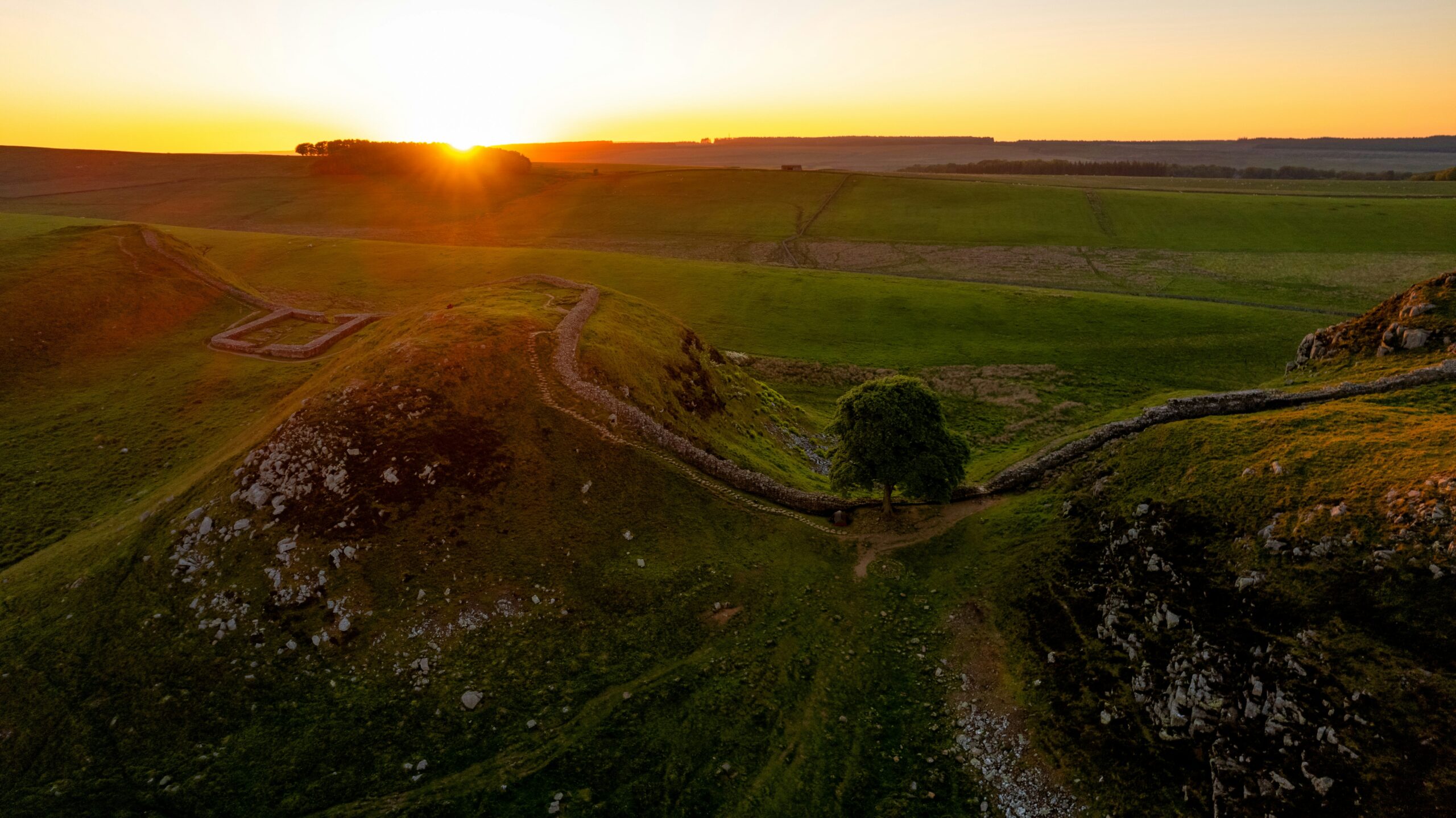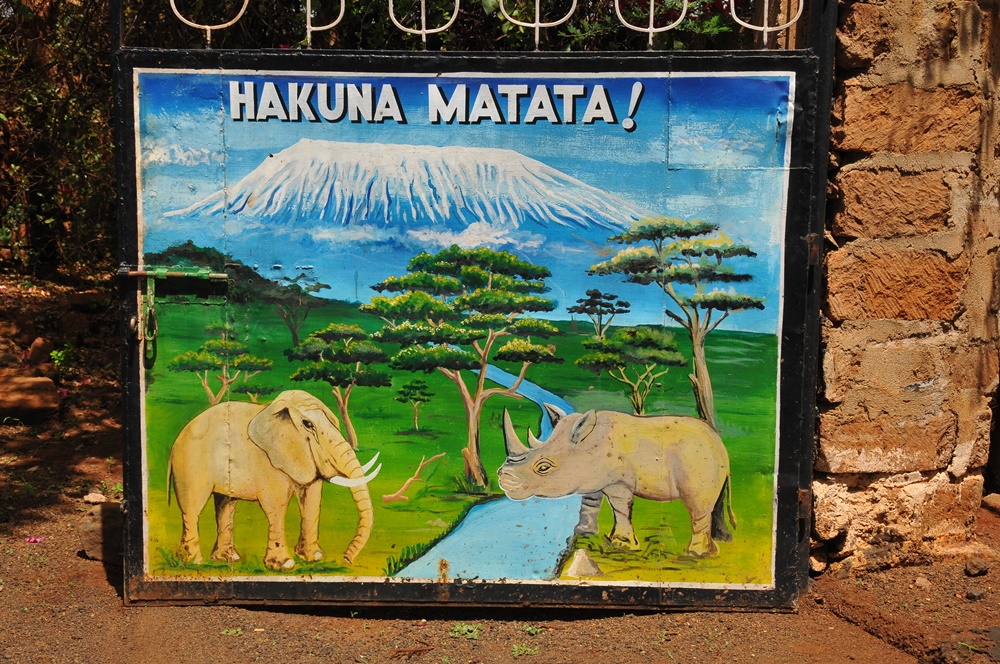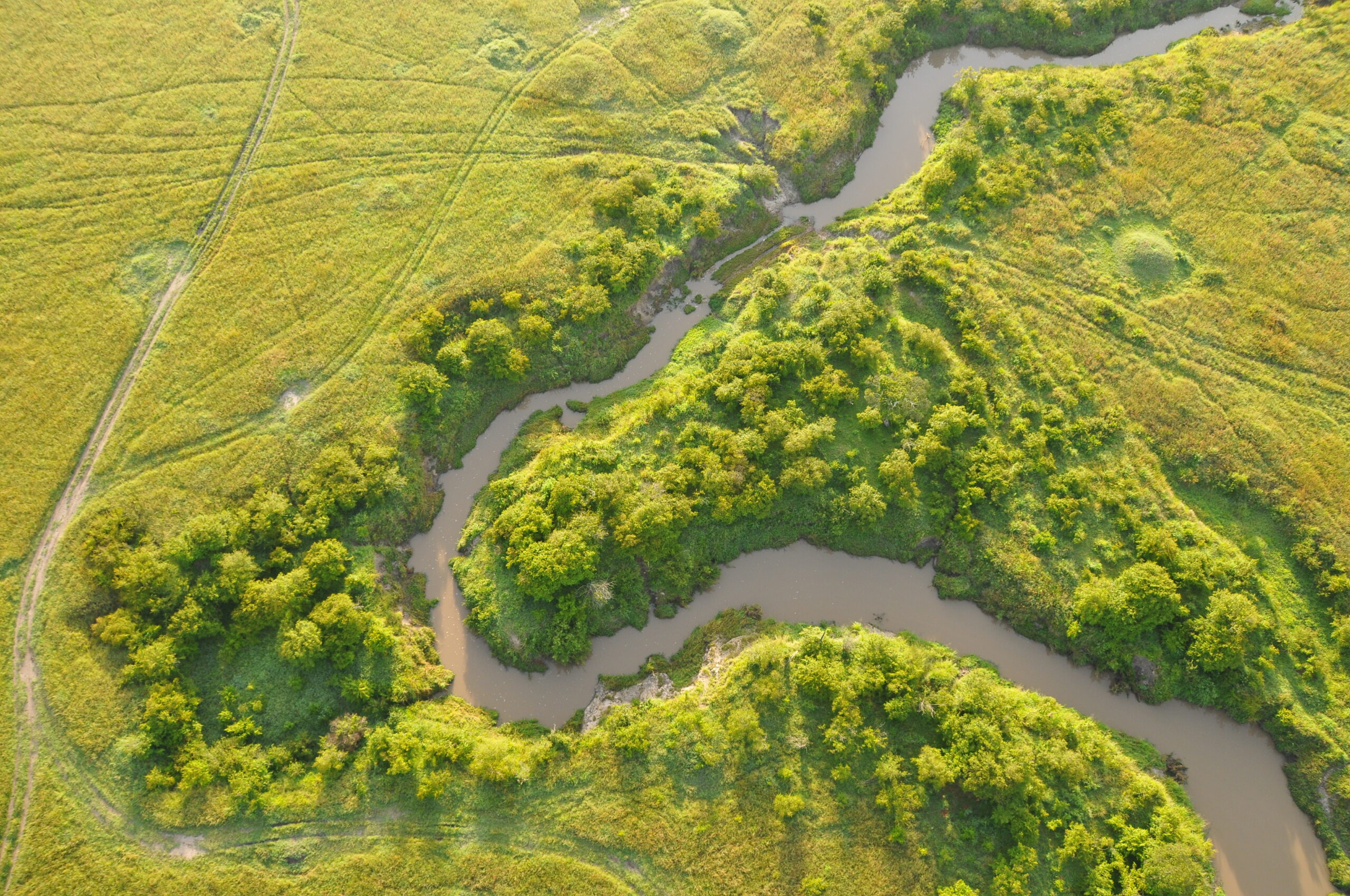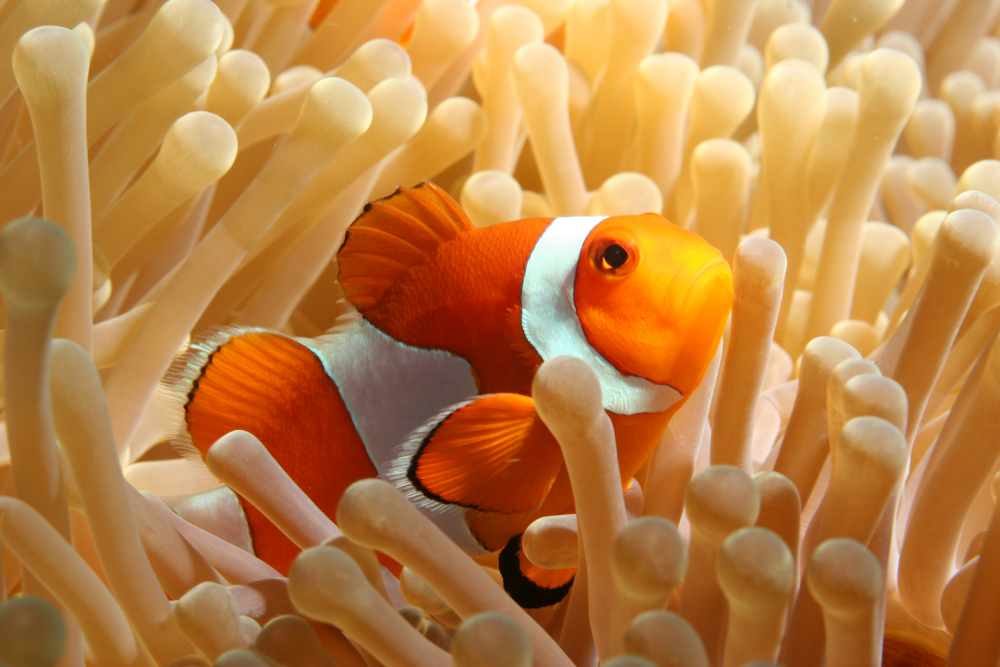In 2019 we partnered with Ape Alliance to raise awareness about the plight of the world’s most endangered great ape – the Tapanuli Orangutan. The Tapanuli is one of three known Orangutan Species – all are critically endangered.
Tapanuli Orangutans are exclusively aboreal and planning for a hydro electric dam in Batang Toru Sumatra, home to the largest population of Tapanuli would be catastrophic, fragmenting the existing population. The orangutans would be unable to navigate manmade structures such as roads and power lines serving the dam development and this would subsequently lead to inter-breeding and extinction of the species.
The funds we raised last year for Ape Alliance were to be used for urgent field work in Batang Toru, monitoring the Tapanuli and Sumatran Orangutans and completing density surveys of their populations. 25% of funds were allocated for lobbying the government in an effort to prevent the dam from being built and safeguarding this bio-diverse region.
At Explorers Against Extinction, we support projects which are immediate-need, filling the gap in funding for urgent projects with specific goals. I’ve recently been in touch with Vicky Dauncey, the Programme Development Manager for the Sumatran Orangutan Conservation Programme and she has updated me on progress with this particular project, which has been significantly delayed due to the global pandemic.
You’ll find further details below. We are hopeful that these crucial Tapanuli and Sumatran orangutan surveys will be able to start safely very soon.

Project Summary
Sumatra’s forests are dwindling fast as the result of deforestation for the establishment of agriculture and demand for wood from local and global markets. Because of the high forest loss rates on Sumatra, orangutan numbers have also been decreasing steeply during the past decades. As a result, both Tapanuli (Pongo tapanuliensis) and Sumatran (Pongo abelii) orangutans are currently categorized as Critically Endangered on the IUCN Red List of Threatened Species.
The last update of the distribution, density and abundance of orangutans on Sumatra, completed by the Sumatran Orangutan Conservation Programme, was published in 2016 and estimated <800 Tapanuli orangutans and <14,000 Sumatran orangutans left in the wild (as of 2010).
Both species are restricted to several isolated and fragmented forest blocks, with the Tapanuli species currently down to a single viable population, while the Sumatran species still maintains 4-5 viable populations.
As a result of continuing levels of forest loss, degradation and fragmentation within the Tapanuli and Sumatran orangutan ranges, in addition to sustained levels of illegal killing and capture of wild orangutans, there is an urgent need to update the figures and, at the same time, to gather field data on current threats to Sumatra’s orangutan species.
With the help of Explorers Against Extinction funding, comprehensive sets of new surveys on Tapanuli and Sumatran orangutan species’ distributions will be made and compared to previous surveys so that changes in distribution and relative abundance can be detected. Such information is critical for conservation as it can help identify trends in orangutan populations and the causal factors. As a result of such analyses, management recommendations can be made to the different stakeholders involved so that future efforts to conserve orangutans on Sumatra can be maximised.
To date, teams in Sumatra have managed to identify locations for survey transects and create the necessary agreements for implementation with relevant government stakeholders, i.e. the Directorate General of Nature Resources and Ecosystem Conservation (KSDAE), North Sumatra Conservation agency (BSKDA Sumut), and Forest Management Unit (KPH) Wilayah XI, which are responsible for conservation of Tapanuli orangutans and management of the Batang Toru Ecosystem.
Team members are ready to implement the surveys by navigating to the remote survey locations, cutting narrow transects through the jungle, and counting the nests. The team will spend many nights camped out in remote jungle. Team members include those from the SOCP’s team who conducted previous surveys as well as specialised local experts, including community members and government staff, as well as our newer staff, for whom this will be the first time conducting these surveys.
Equipment required for field surveys, including GPS-satellite radio units, camping gear, lightweight forest cutting equipment, cameras, and data sheets has been purchased and prepared ready for the field.
Due to the COVID-19 pandemic and the potential dangers the disease poses to staff, local communities, government counterparts, and the orangutans themselves, fieldwork is currently on hold. The Government of Indonesia has placed restrictions on non-essential travel and has put the majority of orangutan work on hold until the National State of Disaster is declared over. Only once the Government of Indonesia lifts the State of Disaster, can SOCP carefully begin to
continue work.
Photo credits: Batang Toru Hydro development taken by Nanang Suajana. Tapanuli Orangutan by Andrew Walmsey






